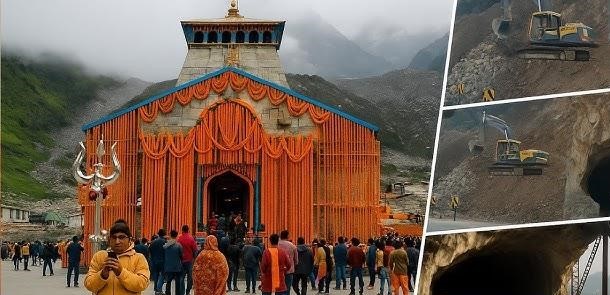
In a significant development aimed at easing the arduous trek to the holy Kedarnath Dham, the Ministry of Road Transport has proposed a new 7-kilometre tunnel that will drastically reduce the current 16-km pedestrian route from Gaurikund to Kedarnath by 11 km. This ambitious infrastructure project is expected to significantly enhance pilgrim convenience and safety while preserving the ecological balance of the region.
The proposed tunnel will originate from the Lincholi Top and connect directly to the Ramwara area near Kedarnath. Currently, pilgrims navigate a 16-kilometre path through challenging terrain from Gaurikund to the temple. The revised alignment, which includes the construction of a motorable road from Sonprayag to Lincholi through Chaumasi, is expected to shorten the route to merely 5 kilometers.
This development falls under the larger Char Dham all-weather road initiative aimed at enhancing connectivity to Kedarnath. The Border Roads Organisation (BRO) has been assigned the responsibility of carrying out the survey and preparing a comprehensive project report. The route is designed to minimize environmental disruption and avoid densely populated or geologically vulnerable zones.
Experts say this tunnel could be operational by 2028 if work proceeds according to plan. Earlier proposals to connect Ramwara via a tunnel were dropped due to structural weaknesses in the region. The current design is not only more stable but also offers better amenities for pilgrims.
The new route will bypass the more dangerous sections of the existing path, which often witness landslides and weather-related disruptions. With the new tunnel and access road, not only will travel time reduce drastically, but elderly and physically challenged devotees will also find the journey far more manageable.
If implemented efficiently, this tunnel could redefine the pilgrimage experience to Kedarnath, aligning tradition with modern infrastructure.

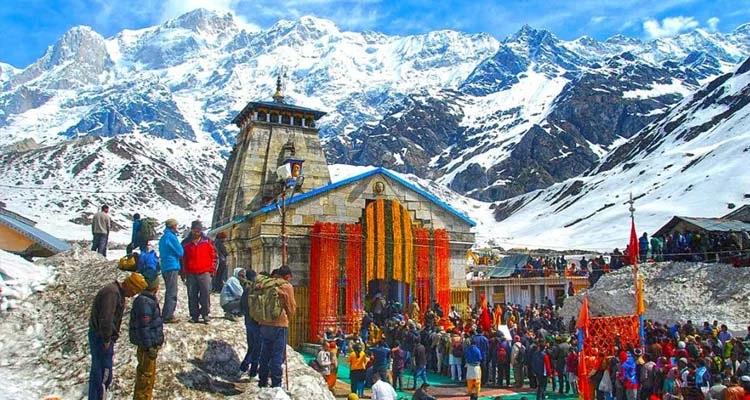

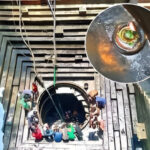
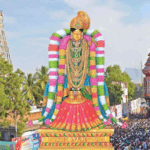



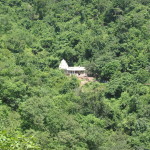


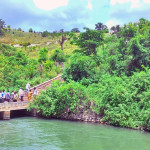
Leave a Reply